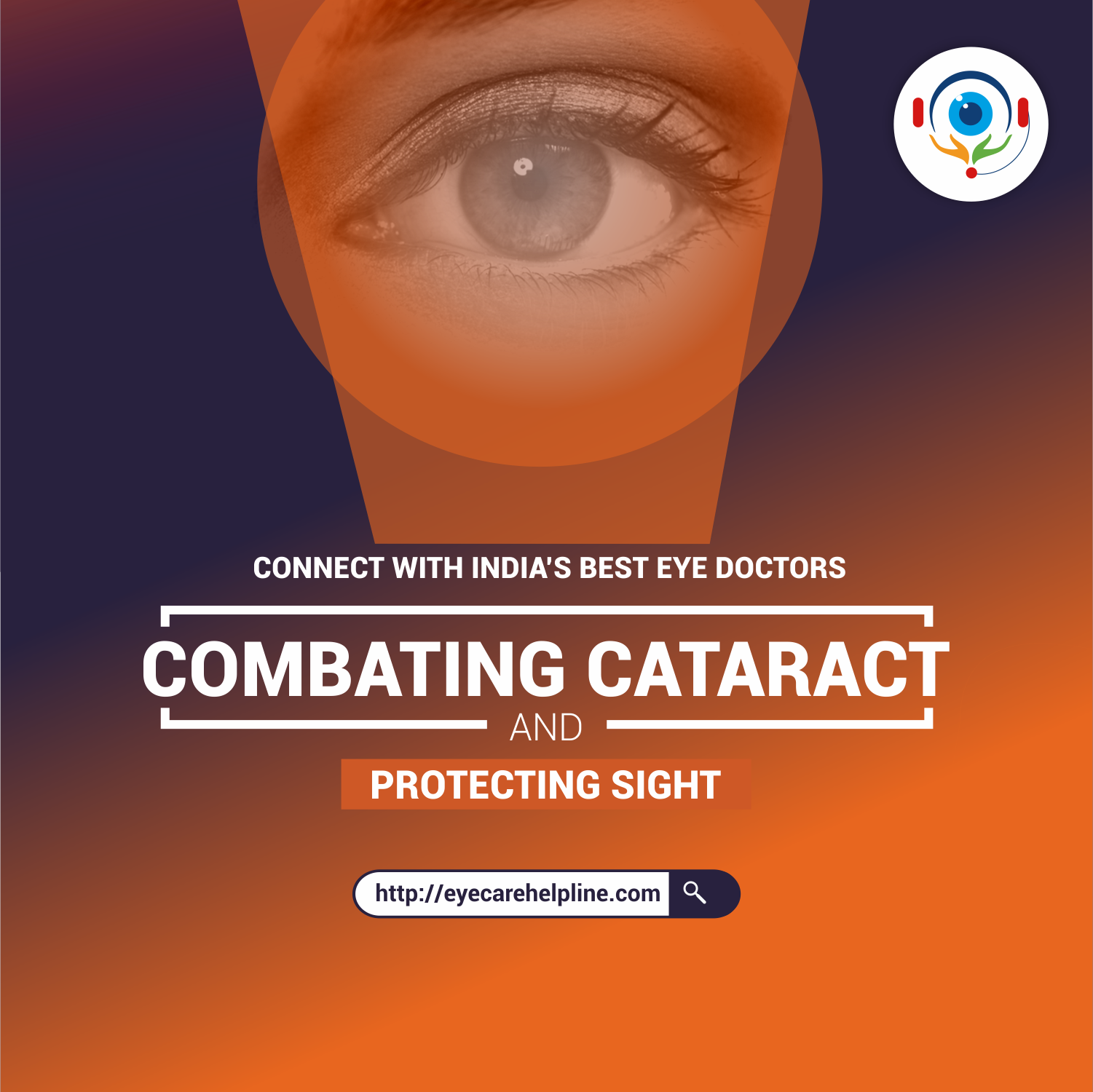- By: Dr. Amit Gupta
Detecting the Possibility of an Eye Problem
Have you noticed your child sitting extremely close to the television while watching a program? Or if your child has been consistently making innumerable mistakes while taking down notes in school?
If the answer is yes, you must take them seriously as these could be indicators of some existing eye problem/s.
Children Inherit Eye Problems
Believe it or not, but children do have eye problems.
And, children from families where issues like glaucoma and cataract already exist are more likely to inherit the same.
There are a number of eye issues that could affect their vision. Therefore, detecting eye problems at an early age becomes important as it reduces the chances of getting worse and causing permanent damage to your child's vision.
Common Eye Problems among Children
1. Amblyopia (lazy eye) - In this eye condition, the eye may appear to be normal but has poor vision. If left without treatment, it can lead to irreversible visual loss in the affected eye.
2. Strabismus - This is the misalignment or incorrect position of the eyes, causing your eyes to turn in, out, up or down. This eye condition could further lead to the development of amblyopia.
3. Refractive Errors - In this, the shape of the eye doesn't allow light to refract (bend) properly causing images to appear blurred. Nearsightedness (unable to view objects at a distance) is the most common refractive error among children in school. Farsightedness (nearby objects appear blurry) and Astigmatism (imperfect curvature of the front surface of the eye) are other refractive errors. Refractive errors can also cause Amblyopia.
4. Retinopathy of Prematurity - This is an eye disease that affects the eyes of premature babies.
5. Retinoblastoma - It's a malignant (harmful) tumor that usually appears in the first three years of life.
6. Infantile Cataract - It's a cataract that clouds the eyes lenses. This type of cataract occurs in newborns.
7. Congenital Glaucoma - It's a rare condition inherited by infants. It takes place when there is high pressure in the eye due to under-development of the eye drainage canals before birth.
Watch Out for these Symptoms :
Apart from symptoms like viewing television by sitting too close to it, here are a couple of other symptoms that you must look out for:
1. Frequent Eye Rubbing
2. Unable to View Objects Kept at a Distance
3. Trouble while Reading
4. Unable to Focus
5. Visual Tracking (Unable to Follow an Object)
6. Light Sensitivity
7. Squinting
8. Chronic Redness & Tearing of the Eyes
9. White Pupils
10 Poor Vision/Crossed Eyes
If you have noticed these symptoms, you must take your child for an eye checkup.
How often does an Eye Check Up Need to be Done?
An eye checkup must be part of your child's routine and must be done regularly. A majority of people believe that an eye checkup for children below the age of 3 is not possible. But this isn't true. In fact, a thorough eye examination can be done by eye doctors.
The first eye checkup must be done when the child turns 1. The second at the age of 3 and the third must be done at the age of 5 and after age 5, eye checkups must be done annually.
This becomes especially important for children who wear prescription glasses or contact lenses to notify any kind of vision change.
Takeaway
It's always better to be safe than sorry. So, make eye checkups a regular thing to ensure that your child's vision is healthy.



